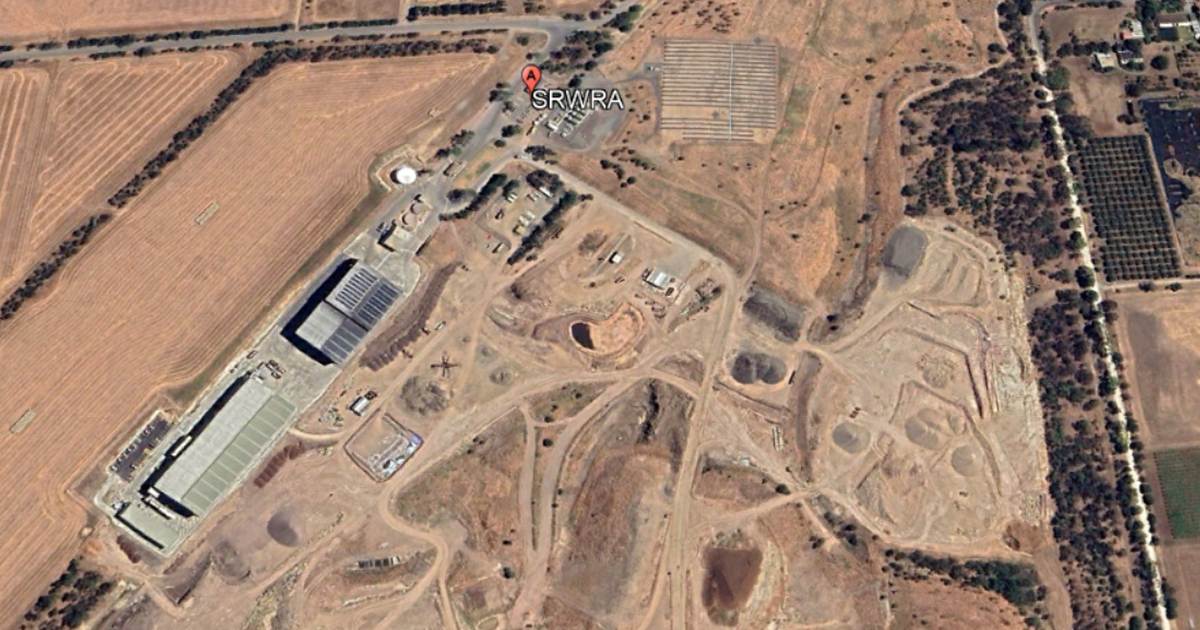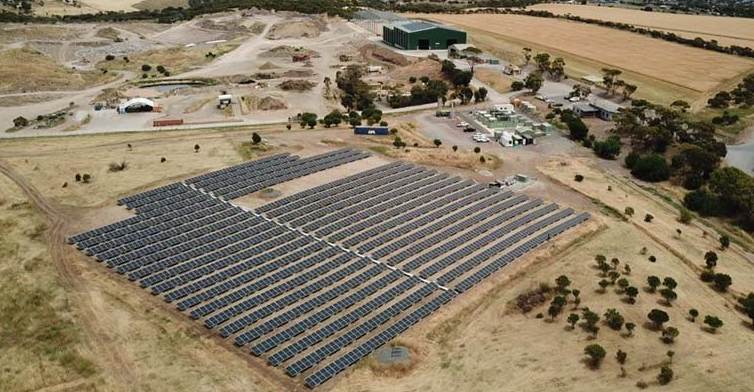
Adelaide’s Southern Materials Recovery Facility (SMRF) has scooped up the “Outstanding Facility Award” at this year’s national Waste Innovation and Recycling Awards. But it’s not just the handling of waste that makes the overall site outstanding.
Officially opened in October last year, SMRF is the largest materials recovery facility in South Australia and has the capacity to process more than 60,000 tonnes of co-mingled recyclables annually.
The SMRF is a joint initiative of Re.Group and the Southern Region Waste Resource Authority (SRWRA), which is a joint subsidiary of three South Australian councils – the City of Marion, the City of Onkaparinga and City of Holdfast Bay.
“The 4,400m2 facility has been designed to meet the highest standards of recycling purity to ensure nothing goes to waste,” says City of Marion.
The facility features some impressive tech; including optical sorters, advanced ballistic screens, advanced process controls and robotic quality control.
As well as household recycling from the Cities of Marion, Onkaparinga and Holdfast Bay, the SMRF is also processing recyclables from councils across the Fleurieu Peninsula and Kangaroo Island; servicing more than 360,000 residents all told.
This year’s Outstanding Facility Award was given to a new infrastructure project that commenced operating in 2020 or 2021.
Renewable Energy At SWRA
The SWRA site, located in Seaford Heights, also incorporates landfill operations and the Southern Recycling Centre.
The high-tech waste sorting and processing aside, what also makes this facility outstanding is the SRWRA Renewable Energy Hub. Commissioned in 2019, the Hub combines bioenergy and solar power.
The bioenergy facility captures biogas created by natural anaerobic decomposition that is used as fuel to power three 1MW biogas generators. There’s also a 600 kW solar farm consisting of 2,000 solar panels that have been installed on top of a capped landfill cell – the first solar farm of its nature in South Australia. A unique solar mounting system made especially for landfills was used for the project.

At the time this photo was taken, the huge SMRF shed behind the existing shed was still being constructed.
Between the two renewable energy generators, up to 25,000 megawatt-hours (25 gigawatt-hours) of electricity can be generated per annum; with the exported electricity powering local households and businesses. At around 6AM this morning, power production from the biogas generators was 2.6MW, and the solar side of things was just waking up to what could be a miserable day for solar energy generation given weather conditions.
In the year to date, the biogas facility has generated around 16.1 gigawatt hours of electricity, and the solar panels close to 683 megawatt-hours. You can check out what’s happening with electricity production in real-time on the facility’s energy production page that features a “live power flow” display.
There also appear to be a bunch of solar panels installed on the large shed, but whether they are included in the 600 kW capacity or the live power flow display isn’t clear. In the satellite image above, the solar farm can be seen to the right of the SWRA marker.

 RSS - Posts
RSS - Posts



Speak Your Mind